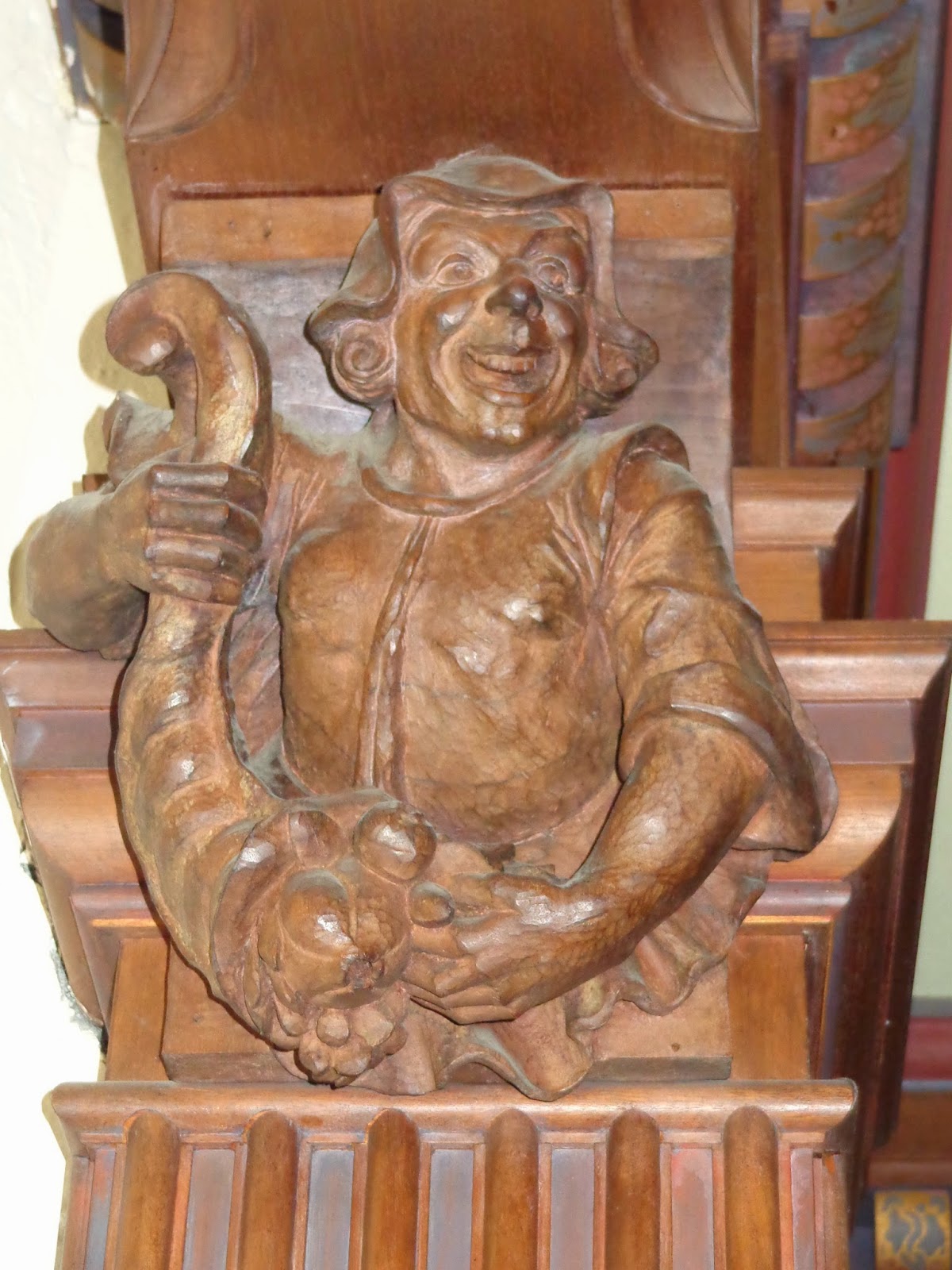The past few weeks have been busy with a number of things, not the least of which was planting my kitchen garden. We're trying a few new things this years, and I wanted to share them with you.
First, we moved the location of the garden. In years past, it was near the house, with a full Southern exposure. But, after replacing the French drain in our basement, we decided to move the garden away from the foundation and plant grass there instead for water control. So my D.H. (dear husband) picked a sunny spot near the garage for the kitchen garden.
Using 6" by 6" posts that were once a retaining wall for the driveway, he built two raised beds, three feet across by 8 feet long, with a little path between the two gardens. This will allow me to pull weeds and harvest vegetables from both sides, making maintenance a bit easier. One cubic yard of mushroom soil (once used by the local mushroom farms) filled both beds.
For the first time, I'm trying 'straw bale gardening.' Basically, you buy a bale of straw (not hay, which still has plant seeds in it and is used for animal food) and condition it for 12 days or so, then plant directly into the bale. The conditioning process starts decomposition within the straw bale, which provides nutrients to the vegetable plants. By the end of the growing season in the fall, the straw will be nearly composted, at which time it gets spread across the soil to fertilize the garden bed. Here's a link for a site that explains the conditioning process:
http://www.daddydoctrines.com/2013/05/09/straw-bale-gardening-part-2-conditioning/. This is a great way to use the straw bales you buy in the fall for Halloween decorating.
The garden center where I bought the straw bale had a wide selection of vegetable plants, so several went into my cart. For the straw bale, I decided on broccoli -- a variety that can take the heat, and matures in about 60 days. I added a little soil to each hole in the bale and dropped in a plant.
 |
| I planted four broccoli plants in the straw bale...they are a little closer than they should be...we'll see how they do! |
I love home-grown tomatoes! Nothing beats the fresh taste right off the vine. I've also discovered that squirrels love them too, so we're still working on a method to keep the critters off the tomato plants. In the meantime, I have three varieties growing next to my trellis -- Beefsteak, for one-slice coverage on sandwiches; Roma, to whip up home-made bruschetta; and Juliet, a mass-producing grape tomato. Grape tomatoes are so easy to grow, and once they start turning red, they keep going until hard frost at the end of September or early October. And the squirrels pretty much leave them alone.
 |
| The Juliet tomato already has some blossoms! |
One Jalepeno and one yellow bell pepper found their way into the other bed, along with three rows of radishes and four rows of Blue Lake green beans. I planted one hill of four cucumber seeds, and they all germinated, so I should be good for cukes by July. When planting seeds, I follow the "Square Foot Gardening" concept (
http://squarefootgardening.org/), whereby you space out your seeds to their optimum growing space when you plant them. This eliminates the need to 'thin' the rows (and waste the plants), and allows you to grow quite a bit of food in a small plot.
 |
| From this angle, the peppers are in the front, followed by radishes, green bean plants, and the cucumber mound on the back left, under the green cage. Another broccoli plant is tucked in the back right corner. |
The contraption made of plastic PVC pipe and chicken wire is designed to keep out the bunnies, squirrels and my dogs. Another plus -- in the spring and fall, it can be covered with plastic and used as a greenhouse.
It was designed by my brother, who lives on 30 acres in Missouri and has to protect his garden from deer, too.
We made one more investment for the new garden...a rain barrel. I bought mine for about $80
at
http://www.rainbarrelsandmore.com/ . It was easy to divert the downspout from the garage roof into the barrel, which came with the spigot installed. I use the rainwater to give the garden a good soaking. One drawback with this method is that the hose is gravity-fed...there is not much water pressure, so I have to fill up a watering can and water by 'hand', not by hose. Since the gardens are small, it don't take much time or more than three watering cans full to give the plants a drink. You can buy specially-designed soaker hoses and rain barrel pumps, but I'm going to stick with this for a while.
 |
| This barrel was used for imported olive oil, then recycled into a rain barrel. |
Basil, cilantro, oregano and mint in large planters round out my kitchen garden. I'm looking forward to July to begin my harvest! I'll post again later in the summer, especially the straw bale, to show you how things came out!




 I also hope that the University continues to find the money to maintain the integrity of the buildings and the entire property, and doesn't allow Walton Hall and the other historic buildings to fall into disrepair.
I also hope that the University continues to find the money to maintain the integrity of the buildings and the entire property, and doesn't allow Walton Hall and the other historic buildings to fall into disrepair. 













